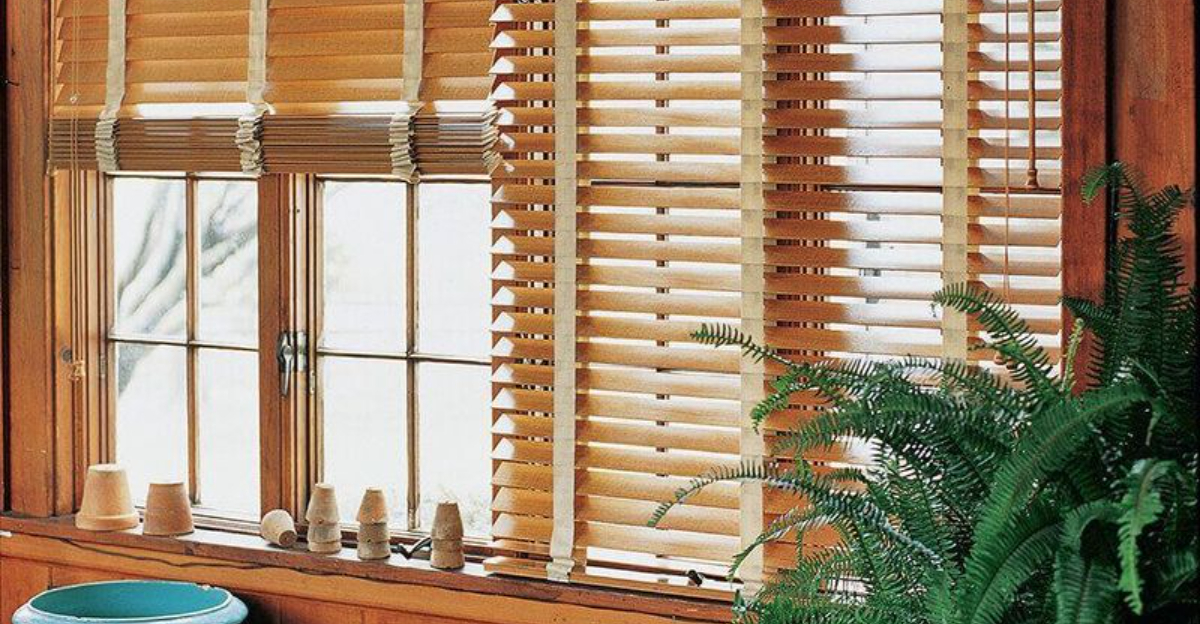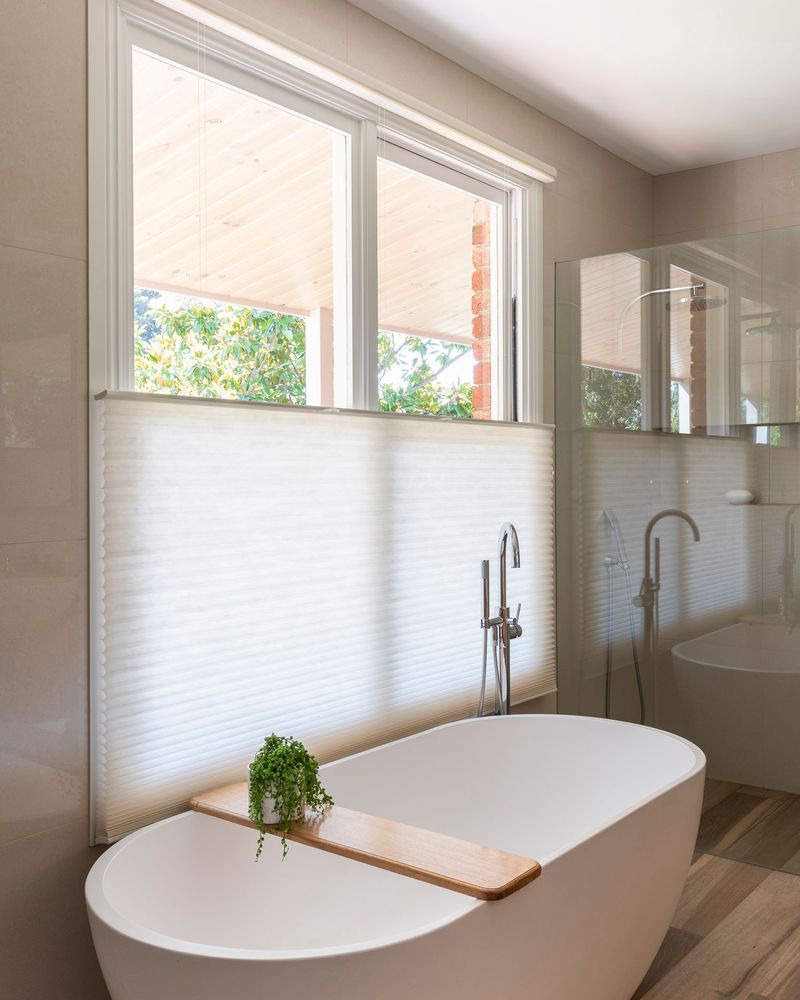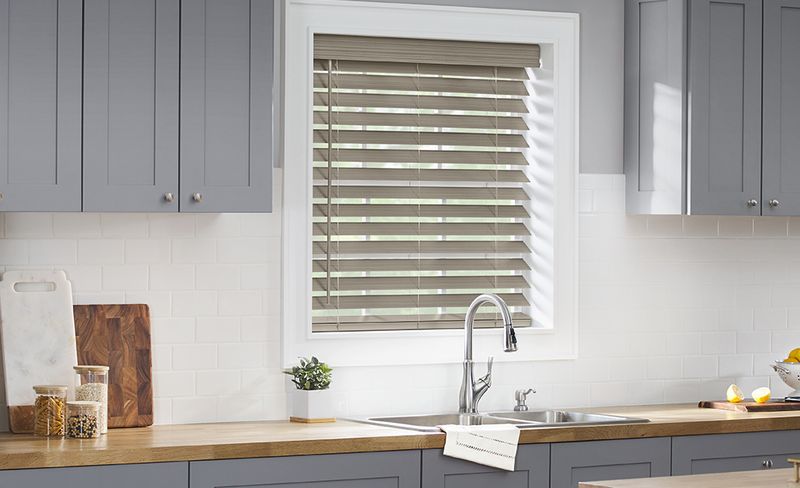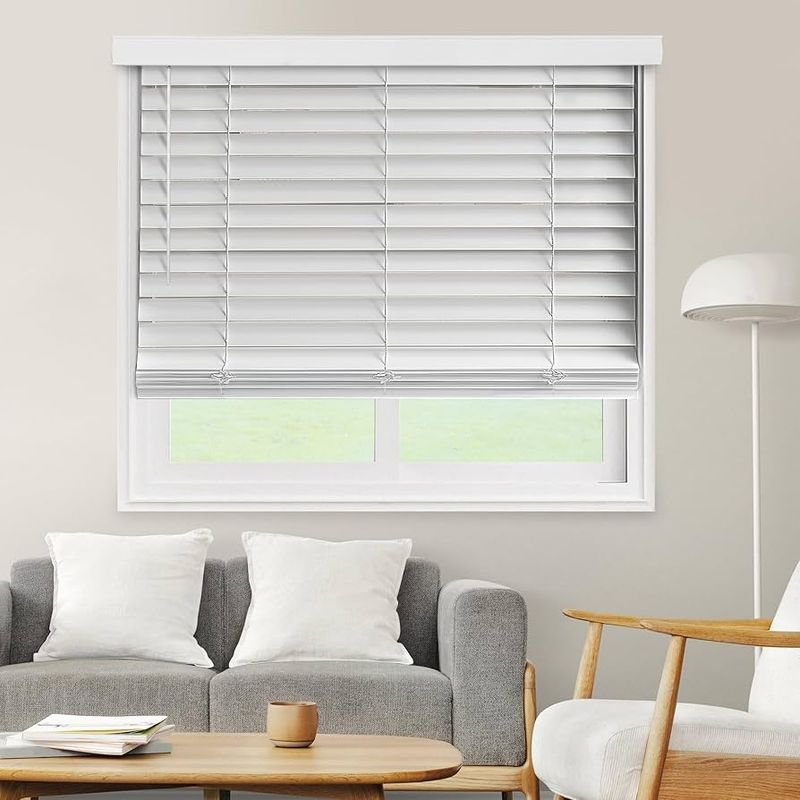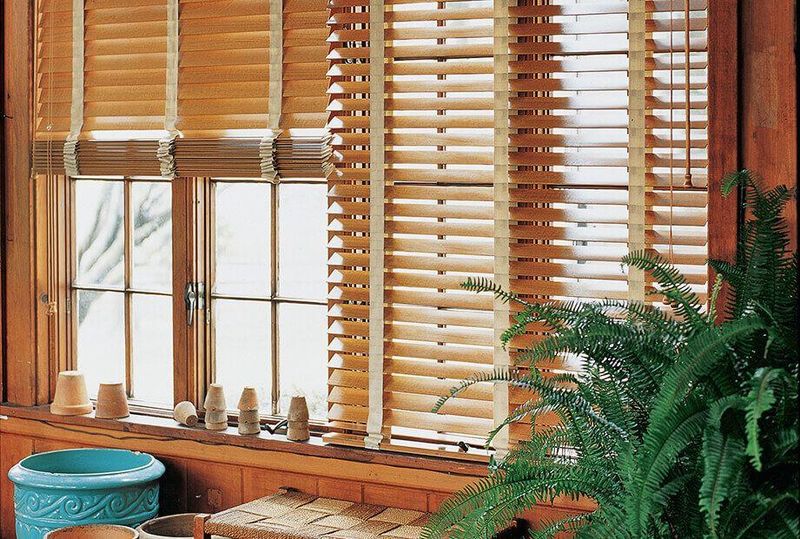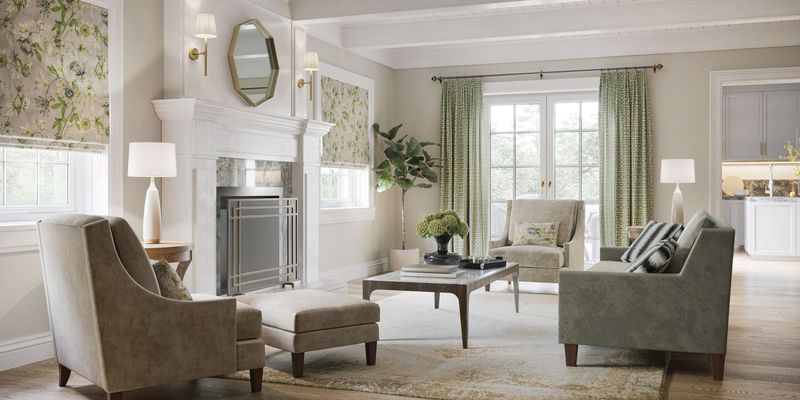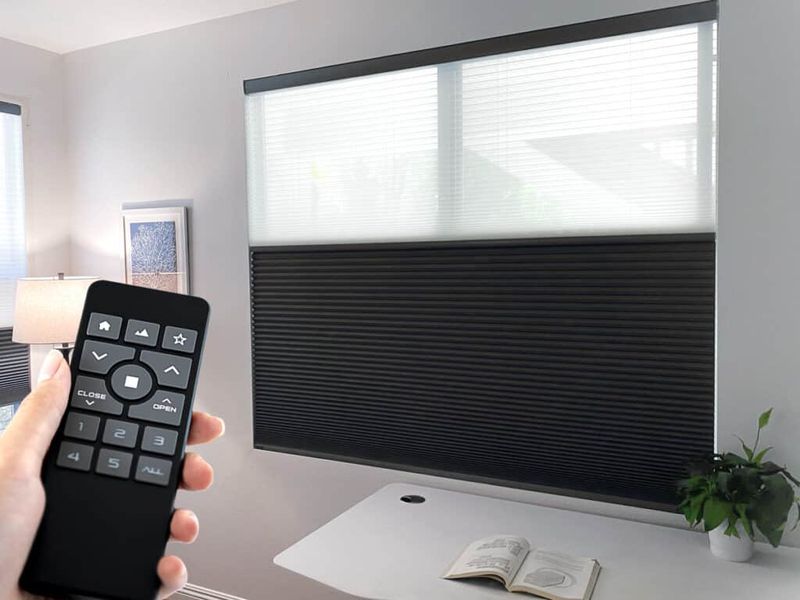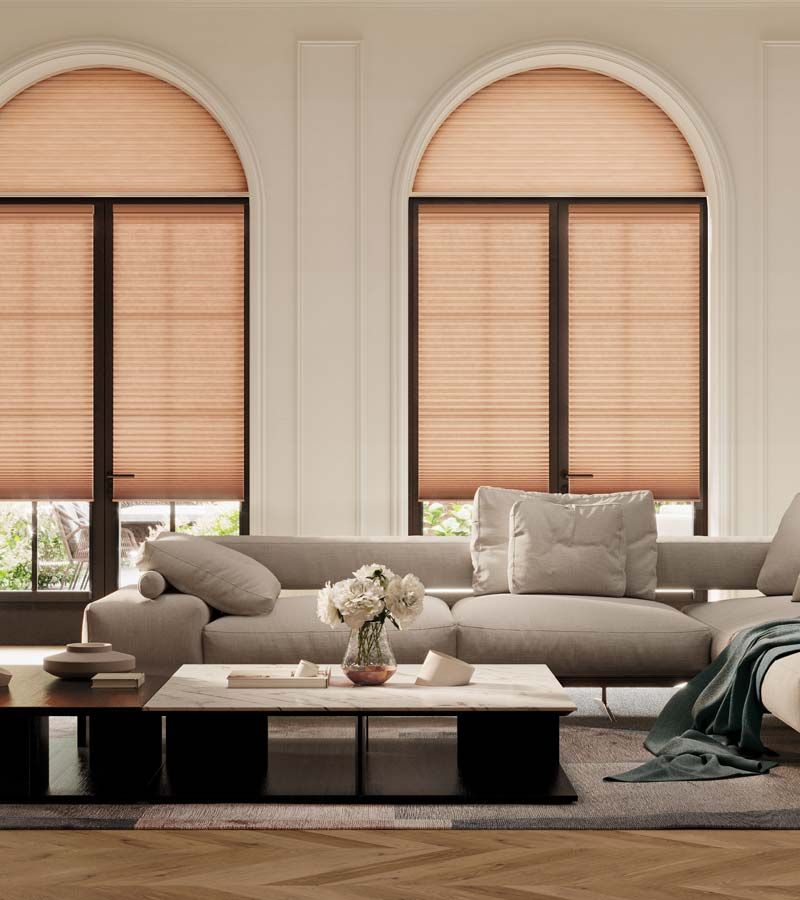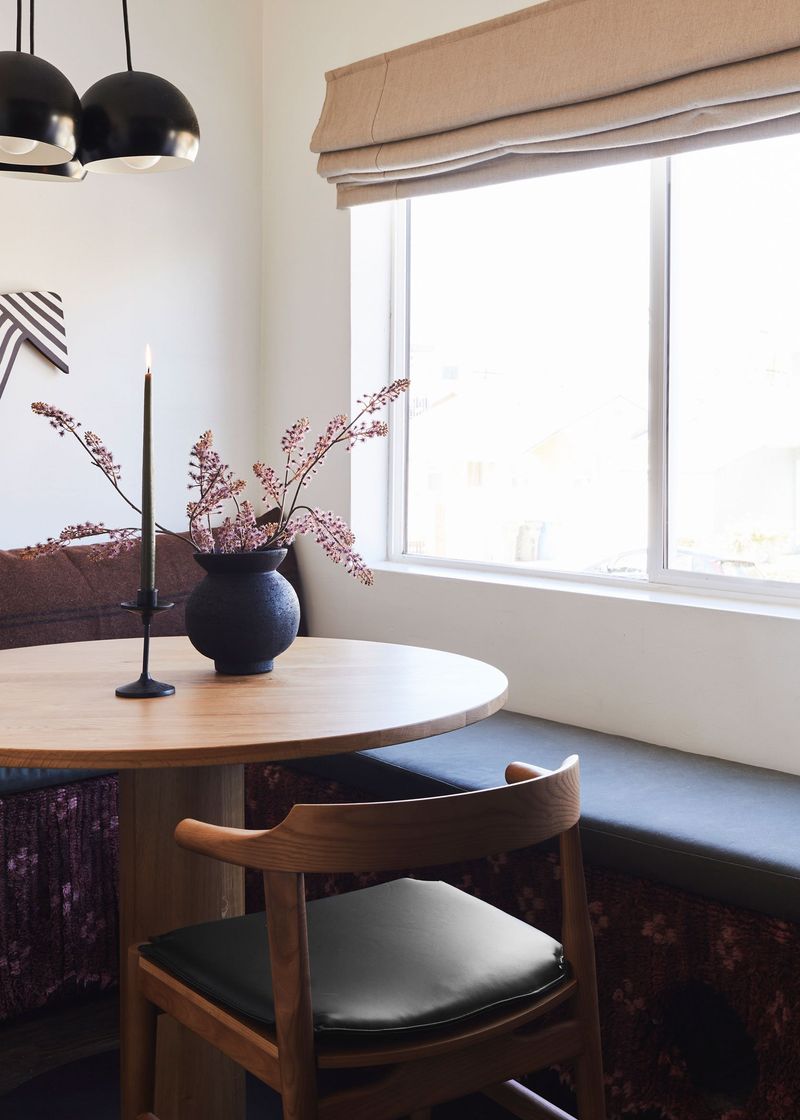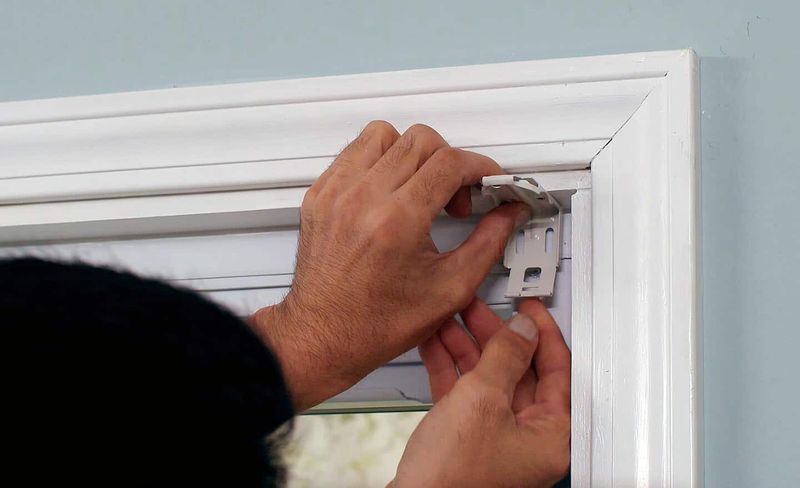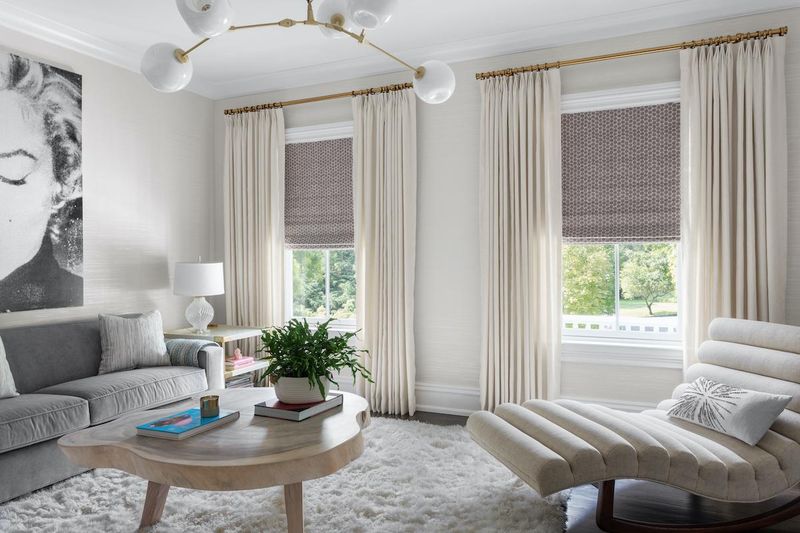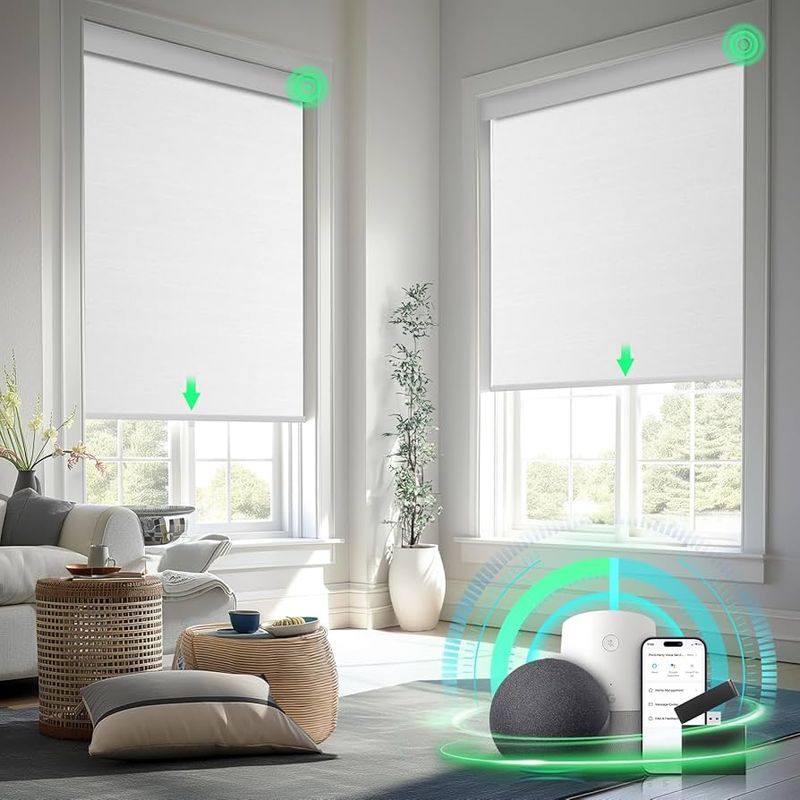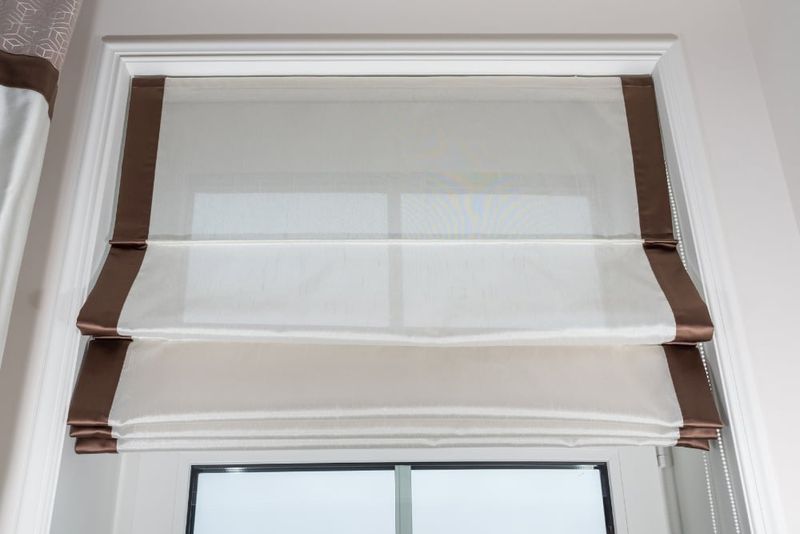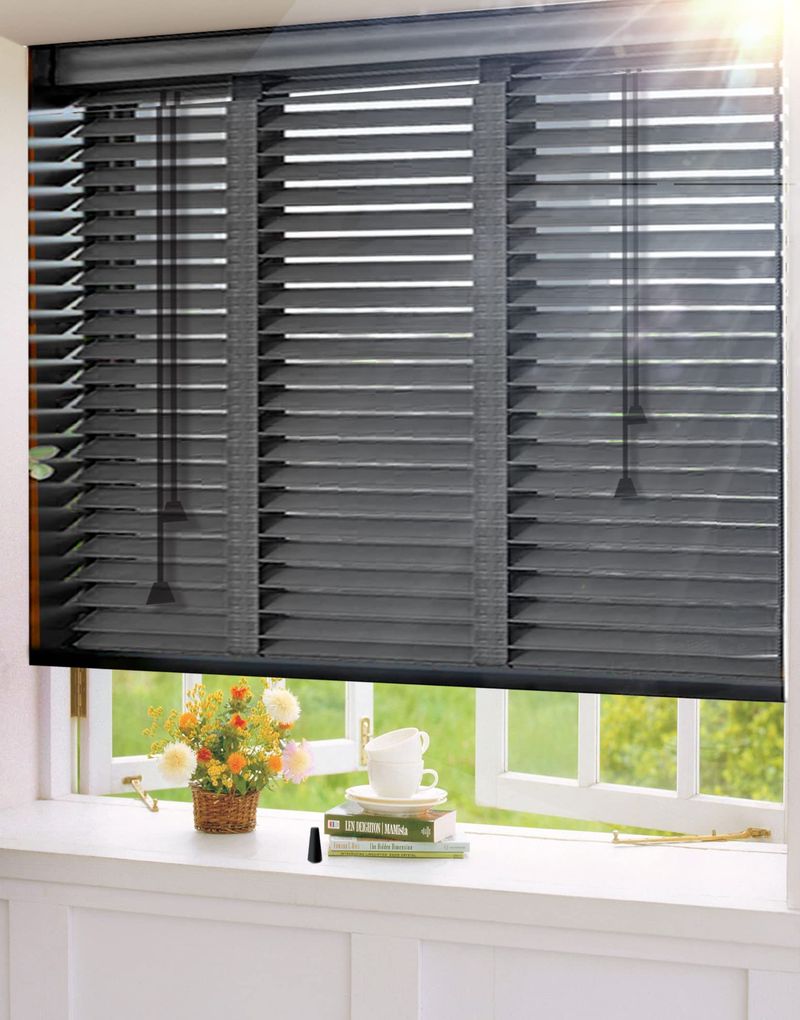Picking the perfect blinds for your home can transform any room from drab to fab in an instant.
These window coverings not only add style but also provide privacy, light control, and even help with energy savings.
Whether you’re redecorating or moving into a new space, these expert tips will guide you through choosing blinds that perfectly match your needs and home aesthetic.
1. Consider Your Privacy Needs First
Before falling in love with any particular style, think about how much privacy you actually need in each room. Bathroom and bedroom windows typically require more coverage than living areas.
Experts recommend blackout options for complete privacy, while sheer blinds might work for spaces where you want both light and modest coverage. Your comfort level should ultimately drive this decision.
2. Match Your Home’s Architectural Style
Would you put Victorian furniture in an ultra-modern condo? Probably not! The same principle applies to your window treatments.
Colonial-style homes often pair beautifully with wooden blinds or shutters, while contemporary spaces might call for sleek roller blinds or minimalist panel systems. Taking cues from your home’s architectural bones helps create a cohesive look that feels intentional rather than random.
3. Evaluate Your Light Control Requirements
Morning people and night owls have very different lighting needs! If you work night shifts or are sensitive to morning light, blackout blinds might be your best friend.
For those who enjoy gentle morning sunshine, light-filtering options offer a pleasant middle ground. Media rooms benefit from total darkness, while kitchens often shine with adjustable slat blinds that let you control exactly how much light enters throughout the day.
4. Factor In Your Climate Zone
Living in scorching Phoenix demands different window treatments than chilly Minneapolis! Cellular (honeycomb) blinds provide excellent insulation for cold climates, helping keep heating costs down during winter months.
For hot, sunny regions, solar shades can block UV rays while preserving your view. Coastal homes might benefit from moisture-resistant materials that won’t warp or grow mildew. Smart blinds can even adjust automatically based on the temperature!
5. Set a Realistic Budget
Money matters when it comes to window treatments! Custom blinds for an entire home can range from a few hundred to several thousand dollars.
The good news? You can prioritize rooms where quality and appearance matter most (like living rooms) and choose more budget-friendly options for less visible spaces.
6. Determine Your Cleaning Commitment
Let’s be honest about your cleaning habits! Fabric blinds might look gorgeous, but they’re dust magnets requiring regular vacuuming or professional cleaning.
If you’re more of a low-maintenance person, consider vinyl or aluminum blinds that can be quickly wiped down. Vertical blinds collect less dust than horizontal ones, making them ideal for allergy sufferers. Some newer materials even feature anti-static properties to repel dust naturally.
7. Choose Materials for Longevity
Quality matters when investing in window coverings that should last for years! Solid wood blinds offer timeless appeal but may not fare well in humid environments like bathrooms or laundry rooms.
Faux wood provides similar aesthetics with better moisture resistance. Aluminum blinds stand up to heavy use in busy households with kids and pets. The material you select should align with both the room’s function and the level of durability you need.
8. Measure Windows Precisely
Grabbing a tape measure might seem straightforward, but proper blind measurements require specific techniques! Inside mounts need exact window recess dimensions, while outside mounts need measurements beyond the window frame.
Professional installers recommend measuring each window individually, even in seemingly identical rooms, as houses settle and dimensions can vary by fractions of an inch that make a big difference in fit.
9. Coordinate with Existing Decor
Your fabulous teal sofa might clash horribly with cherry wood blinds! Take inventory of your room’s color palette, including walls, furniture, and accent pieces before making your selection.
White and neutral blinds offer versatility with changing decor, while wood tones should complement existing furniture. For the bold, colorful blinds can serve as statement pieces. Bringing fabric or paint swatches when shopping helps ensure harmonious coordination with your current style.
10. Consider Child and Pet Safety
Those dangling cords might seem harmless, but they pose serious strangulation hazards for curious little ones and playful pets. Cordless blinds have become the gold standard for households with children and animals.
Motorized options eliminate cords entirely while adding convenience. If you must use corded blinds, safety devices like cord cleats and tensioners can reduce risks.
11. Evaluate Room-Specific Needs
Every room in your home serves a different purpose, and your blinds should reflect that! Kitchens benefit from easy-clean materials resistant to food splatters and cooking humidity.
Bedrooms might prioritize light-blocking properties for better sleep. Home offices need glare reduction for computer screens, while bathrooms require privacy and moisture resistance. Taking a room-by-room approach ensures each space gets exactly what it needs rather than a one-size-fits-all solution.
12. Test Operation Mechanisms
Have you ever struggled with stubborn blinds that just won’t cooperate? Testing operating mechanisms before purchasing can save tremendous frustration later.
Cordless lift systems should move smoothly without sticking. Motorized blinds should respond promptly to controls. For high or hard-to-reach windows, consider remote-controlled options that eliminate the need for awkward stretching or step stools.
13. Account for Window Size and Shape
Odd-shaped windows need special consideration! Arched windows might require custom treatments, while extremely wide windows could benefit from vertical blinds that won’t sag in the middle.
Tall windows might work better with motorized systems to avoid reaching issues. French doors with glass panels need treatments that allow handle operation. Don’t forget about window depth – some blinds require minimum recess depths for proper inside mounting.
14. Sample Materials in Your Space
What looks perfect in the showroom might tell a different story in your actual home! Most blind retailers offer sample swatches or even loaner blinds to test in your space.
Colors appear dramatically different under various lighting conditions. That pristine white might look yellowish under your warm bulbs, while that perfect gray could skew purple in natural light. Viewing samples at different times of day helps ensure you’ll be happy with your selection long-term.
15. Understand Installation Requirements
Not all blinds attach to windows the same way! Some require drilling into window frames, which might be problematic for renters or historic homes with irreplaceable woodwork.
Tension rods offer non-damaging alternatives for some styles. Outside-mount blinds need sufficient wall space above windows. Understanding mounting requirements helps avoid surprises during installation.
16. Plan for Layering Possibilities
Why settle for just blinds when you can create a luxurious layered look? Pairing blinds with curtains offers both functional benefits and designer style.
Blinds provide privacy and light control, while curtains add softness, color, and sound absorption. This combination works especially well in living rooms and bedrooms.
17. Research Energy Efficiency Ratings
Your window coverings can significantly impact your energy bills! Cellular (honeycomb) blinds can reduce heat loss by up to 40% thanks to their insulating air pockets.
Solar shades with low openness factors block UV rays while maintaining views. Some manufacturers provide specific energy efficiency ratings for their products. In extremely hot or cold climates, the right blinds can pay for themselves through energy savings over their lifetime.
18. Consider Smart Home Integration
Welcome to the future of window coverings! Smart blinds can connect to your home automation system, allowing scheduled opening/closing or voice control through assistants like Alexa or Google Home.
Some systems even respond to sunlight or temperature changes automatically. While more expensive initially, these high-tech options offer convenience and potential energy savings. They’re particularly valuable for large homes with many windows or for those with mobility limitations.
19. Evaluate Sound Absorption Needs
Living on a busy street or in a noisy neighborhood? Your blind choice can actually help dampen outside sounds!
Fabric-based options like Roman blinds and cellular shades provide better acoustic benefits than hard materials like aluminum or vinyl.
20. Check Warranty and Durability Claims
Not all warranties are created equal! Some manufacturers offer lifetime guarantees while others provide limited coverage for specific components only.
Read the fine print about what’s actually covered – mechanisms, materials, or both. Higher-end blinds typically come with better warranties and replacement part availability. For motorized systems, check battery life expectations and whether electronics are covered separately from mechanical components.

